Sanofi’s Qfitlia: A New Contender in the Hemophilia Market
In a pivotal move for the pharmaceutical sector, Sanofi’s Qfitlia (fitusiran) has received FDA approval, introducing a new era in hemophilia care. This innovative therapy stands out as the first of its kind that can be utilized by patients with all types of hemophilia, including both hemophilia A and B, and regardless of their inhibitor status. With the hemophilia market witnessing the approval of six new medications in the past three years, including three gene therapies, Qfitlia aims to carve out a significant place in this competitive environment.
A Breakdown of Qfitlia’s Unique Offerings
Qfitlia represents a remarkable advancement in hemophilia treatment, particularly due to its ability to be administered subcutaneously once every two months. This convenience contrasts sharply with traditional therapies that often require intravenous administration multiple times per week, which can be cumbersome for patients and can present a risk of infection.
The FDA has highlighted that the administration profile of Qfitlia could significantly enhance patient compliance, as noted by Tanya Wroblewski, M.D., a deputy director within the FDA’s division of non-malignant hematology. The average annual wholesale acquisition cost for Qfitlia is projected to be around $642,000, which, although substantial, underscores the trend of high-value therapies in specialized fields.
Mechanism of Action
As a small interfering RNA (siRNA) drug, Qfitlia works by mimicking natural cellular processes that regulate gene expression. By suppressing the activity of antithrombin (AT)—a protein that inhibits blood coagulation—Qfitlia enhances thrombin generation, thus aiding in preventing bleeding episodes in hemophilia patients. According to Craig Benson, M.D., Sanofi’s hemophilia program leader, this mechanism rebalances the delicate equilibrium of hemostasis, marking it as a breakthrough in hemophilia management.
Clinical Evidence and Potential Impact
Sanofi’s Qfitlia has demonstrated promising results in phase 3 clinical trials, significantly reducing the annualized bleeding rate by 90% compared to control groups. Notably, in the ATLAS A/B trial with patients without inhibitors, 51% of those treated with Qfitlia reported no annual bleeds compared to just 5% in the control cohort. Even among patients with inhibitors, the results were striking, with 66% experiencing no bleeding episodes on Qfitlia.
With analysts from Clarivate identifying this drug as a “potentially transformative therapy,” and predicting sales could reach $1 billion by 2030, the implications for Sanofi could be monumental. However, the timings and execution of market penetration strategies will be crucial to achieving this forecasted success.
Sizing Up the Competition
The hemophilia treatment landscape is undeniably competitive, with established therapies like Roche’s Hemlibra, which is projected to achieve $4.9 billion in sales by 2024. Hemlibra is currently the market leader, successfully catering to both inhibitor and non-inhibitor patients alike. However, Qfitlia’s unique delivery method and dosing frequency may afford it a competitive edge. Unlike factor VIII and IX treatments, Qfitlia can be stored at room temperature and administered through a small-volume subcutaneous injection, enhancing patient convenience and compliance.
The crowded market includes other new entries like Novo Nordisk’s Alhemo and Pfizer’s Hympavzi, both of which have limitations; for example, Alhemo is limited to patients with inhibitors, and Hympavzi is exclusively for non-inhibitors. In this context, Qfitlia’s versatility positions it favorably among its peers.
A Future Outlook
Sanofi’s entry into the hemophilia market with Qfitlia signifies a remarkable development for a condition that affects around 30,000 individuals in the U.S., particularly impacting males due to its X-linked inheritance pattern. This innovative treatment approach not only holds the promise of better managing symptoms but may ultimately improve quality of life for patients.
As the pharmaceutical landscape continues to evolve with emerging therapies, investors should closely monitor Sanofi’s sales performance and market strategies post-launch. Given the competitive nature of this market and the breadth of unmet needs in hemophilia treatment, Qfitlia could not only shape Sanofi’s trajectory but also transform the lives of many patients living with this challenging condition.
Conclusion
With Qfitlia’s FDA approval, Sanofi is poised to challenge existing treatments in the hemophilia space. As the company continues to refine its approach and expand its product offerings, the potential for long-term growth in this specialized niche looks promising. The market dynamics and the evolving landscape of hemophilia therapies will provide opportunities for strategic investments, making it critical for investors to remain informed about ongoing trends and updates in this sector.
















